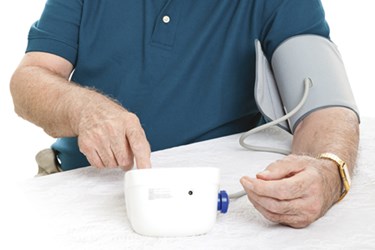Telemonitoring Cuts Cardiac Readmissions By One Third

By Katie Wike, contributing writer

The utilization of a remote monitoring system allowed researchers to eliminate one third of cardiac patient readmissions over a six-month period.
A study published by the American Journal of Managed Care has shown a telemonitoring program was capable of reducing readmissions of cardiac patients by one third. “For many individuals with medical conditions such as cardiovascular disease, concomitant behavioral health issues—such as depression, stress, and anxiety—are common, and pose substantial challenges to recovery from medical illness,” the study authors write. “Even in those individuals who do not meet the clinical criteria for behavioral health concerns, inadequate resiliency to cope with the challenges posed in the face of a medical or life event can significantly impact health.”
mHealth Intelligence reports researchers studied nearly 400 patients with 201 of them completing an eight-week behavioral telehealth intervention program. Sixteen video or telephone sessions were held over the course of the program, in which providers and licensed social workers reviewed the patients’ progress and assessed their mental health. They also found those who participated in the eight-week program were less likely to be admitted to a hospital more than once and spent 63 percent fewer days in inpatient hospital care.
According to iHealth Beat, those who participated in the program scored lower for anxiety, depression, and stress than those who did not complete the program. Also – for those who were enrolled – in a six-month period following researchers saw 38 percent fewer hospital admissions and 31 percent fewer readmissions.
“This study shows that focused targeting of patients with high risk clinical conditions, coupled with highly successful engagement strategies, can lead not only to meaningful behavioral health improvements, but also to improved medical outcomes and lower healthcare expenditures,” concluded researchers.
